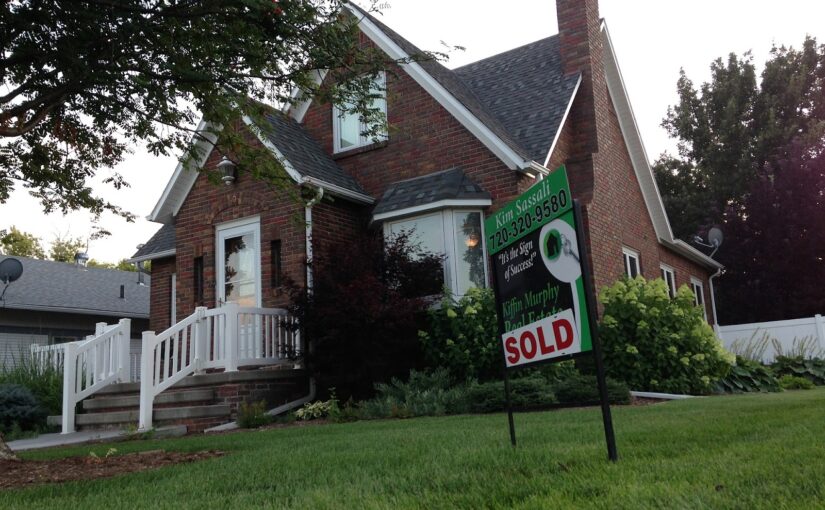The real estate industry is a tough business to be in, especially when you’re constantly dealing with customers, creating content, marketing and working with sellers. It’s a trade where you need to wear a lot of hats at lots of different times.
However, since you’re working to such a busy schedule, why not save time by learning how to write effective, conversion-boosting blog posts that get traffic and engagement, all in less than 20 minutes? Sounds impossible?
Here’s our complete guide to help you do just that, complete with a timeframe on what minute out of the 20 you should be doing what;
Start with a Powerful Headline (1-3 minutes)
This is the most important part of any article or blog post since it’s going to be the part of the post that captures the attention of your audience and will make them click. If nobody clicks on your content, there’s no point in writing it.
Spend at least 2 minutes on your headlines, writing out multiple versions, also using your keyword research, to optimize your headline and provide the guidelines for the rest of your content.
Opening Paragraph (3-6 minutes)
So, you managed to get somebody to click on your blog post. However, if your opening paragraph isn’t strong, the reader isn’t going to stay, and you’ll have lost your chance to market your real estate to that customer.
Whatever you’re going to be talking about, address the problem, make it relatable to your reader, and then tell them a brief clue on how you’re going to fix or address your topic of concern.
Teasing some of the ideas you have on how to help the reader is also a great way to draw your reader into the actual content you’re writing about.
Break Down into Subheadings (6-9 minutes)
Now you get to get into the solid content of your blog post and what you and your reader has been waiting for. While there are lots of different approaches you could take when it comes to writing a blog post, the best thing to do is to break your ideas down into subheadings.
This is the easiest way to give your blog posts structure and to help you follow what you want to write about, rather than trying to think of the best way to approach your content or think about what you’re writing next, which is only going to waste time.
“Try to keep your headers clear and concise, and make sure the wording you use makes the headers into actionable ideas that your readers can use. Look at this headline; if you were skimming it, you’d look for a headline that peaks your interest before diving into that content,” shares Jack Crompton, a marketing manager at UK Writings.
Write Your Content (9-15 minutes)
Now that all the prep work is done, you can go about writing your content. Of course, this is where you have true creative freedom and can really set about making your blog post your own. The best way to go about this is to write your content non-stop in one continuous go for as long as you can.
This is great for getting the content out quickly and means you have less time to think about what you’re doing and what you’re writing. It’s more a way of getting all your thoughts down on paper instead of having to stop, think, write and then repeat this process over and over again.
“You can write non-stop for three minutes, and you should be able to get between 300-500 words. You can then spend the remaining three minutes, or slightly longer if you’ve taken this approach, on editing your content to take out the bits you don’t like and making it perfect in terms of content,” says Miranda Smith, a blogger at Dissertation writing services reviews.
Editing & Perfecting Your Blog Post (15-20 minutes)
When you’ve written your content, all you need to do finally is to perfect your work. If you’ve taken the approach above, you may need a little longer than this just to organize your thoughts and to get the writing ironed out the content finalized.
If not and you’ve just written your own way, then you’ll probably only need to start this section about 17 or 18 minutes into the writing process. Simply take your time reading through your blog post and make any edits you need to make or altering and moving things around.
When you’re happy with the final piece, perhaps give it to someone else to read, so they can highlight anything they think they should change. Either way, once you’re happy with the final draft, simply go through your content to proofread, edit grammar, address typos and free your work from any mistakes.
You can do this using your own knowledge, or you can do it using online software, or a proofreading service.
Author bio:
Jenny is an email marketer and writer at Top essay writing services. She works alongside real estate companies and solo entrepreneurs to analyze and improve their marketing strategies, so they get the best results. She also helps writers and authors with their writing process and assists with proofreading and editing.

















